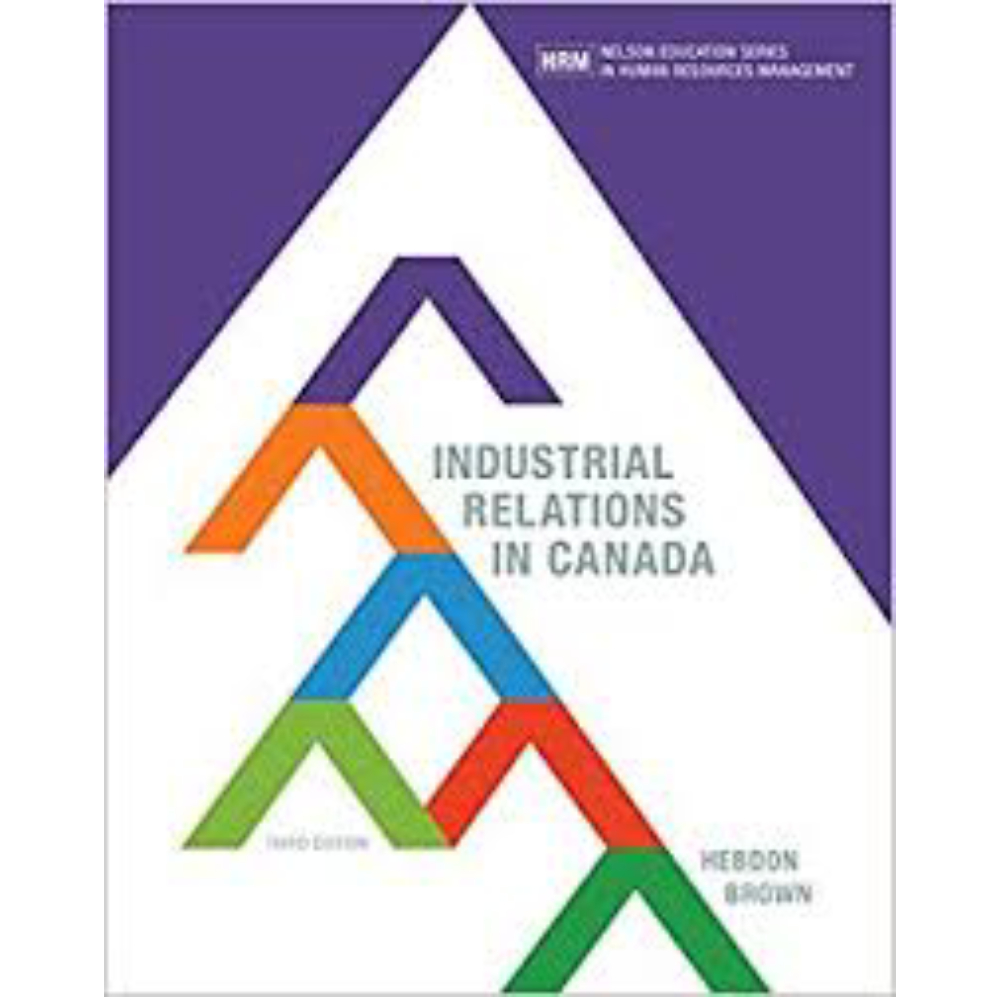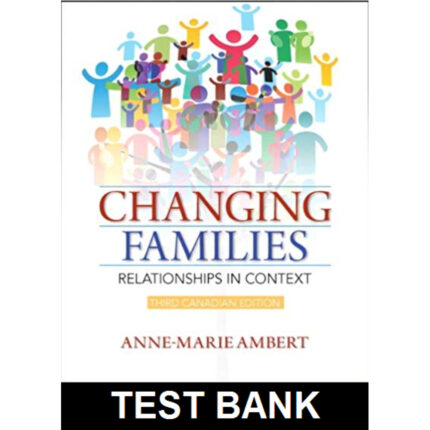1. The only restrictions on employers in common law are items under statutory legislation.
a. True
b. False
ANSWER: True
2. The shock effect occurs when increased costs and protection shock management into stricter management practices.
a. True
b. False
ANSWER: True
3. Union workplaces have more flexibility in staffing decisions than their nonunion counterparts.
a. True
b. False
ANSWER: False
4. Globally, unionized workers receive more training than nonunion workers do.
a. True
b. False
ANSWER: True
5. According to the textbook, unions appear supportive of performance appraisals when they focus on developmental purposes versus administrative purpose.
a. True
b. False
ANSWER: True
6. Individual pay for performance plans is common in unionized workplaces.
a. True
b. False
ANSWER: False
7. Unionized workplaces are as likely to have gain-sharing plans as profit-sharing plans.
a. True
b. False
ANSWER: False
8. Encouraging health and safety has become an important role of unions.
a. True
b. False
ANSWER: True
9. Unionized firms often have more HRM practices that increase managerial flexibility and/or management’s ability to make unilateral decisions.
a. True
b. False
ANSWER: False
10. Overall, unions have a small positive effect on productivity.
a. True
b. False
ANSWER: True
11. According to the textbook, recent research found a positive relationship between union density and profit when employee-focused business strategy was high.
a. True
b. False
ANSWER: True
12. There is no evidence to conclude that unionization results in higher rates of business failure.
a. True
b. False
ANSWER: True
13. The textbook concludes that the relationship between unions and innovation is most likely negative.
a. True
b. False
ANSWER: True
14. Unionized workers are more likely to quit their job relative to their nonunion peers.
a. True
b. False
ANSWER: False
15. There is a positive relationship between one’s intention to leave a firm and one’s desire to leave the union.
a. True
b. False
ANSWER: True













Reviews
There are no reviews yet.